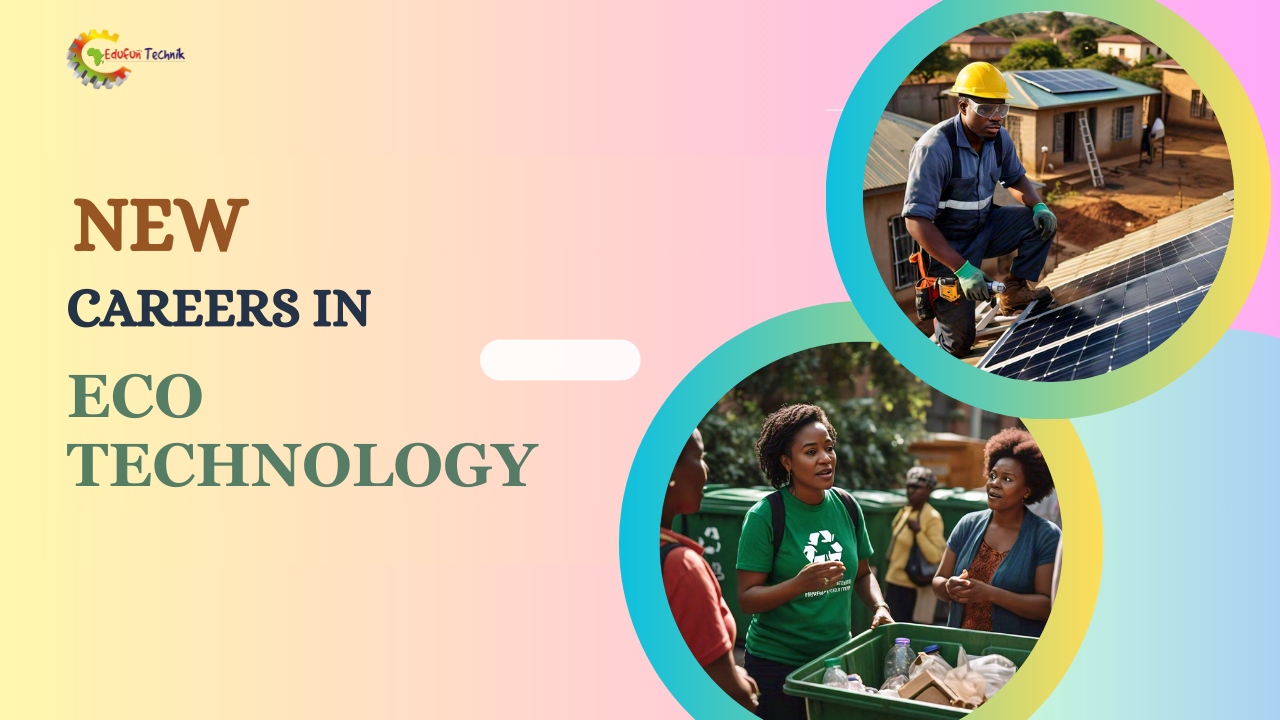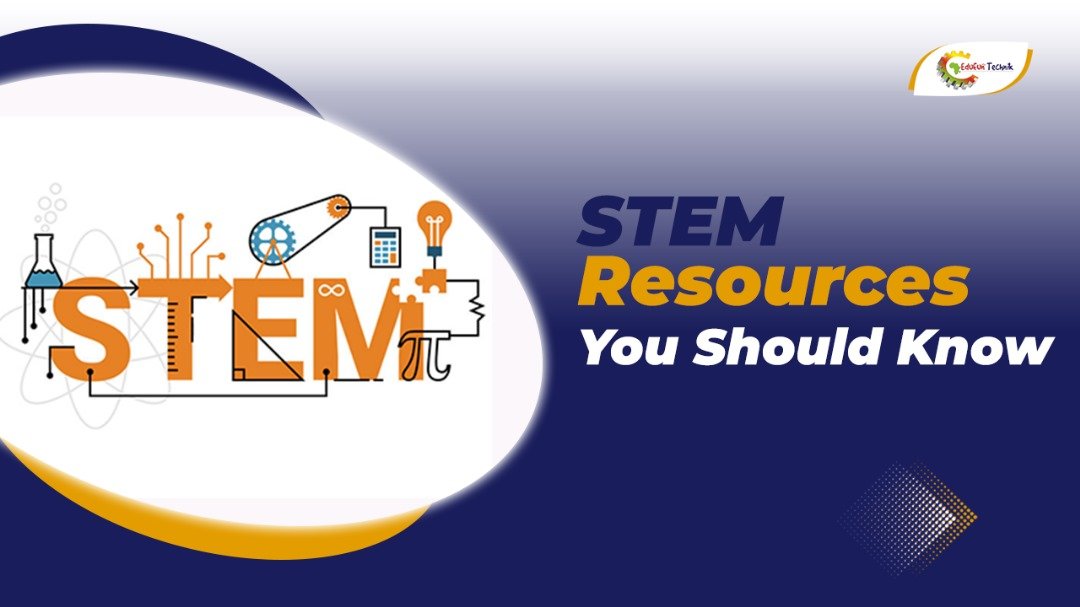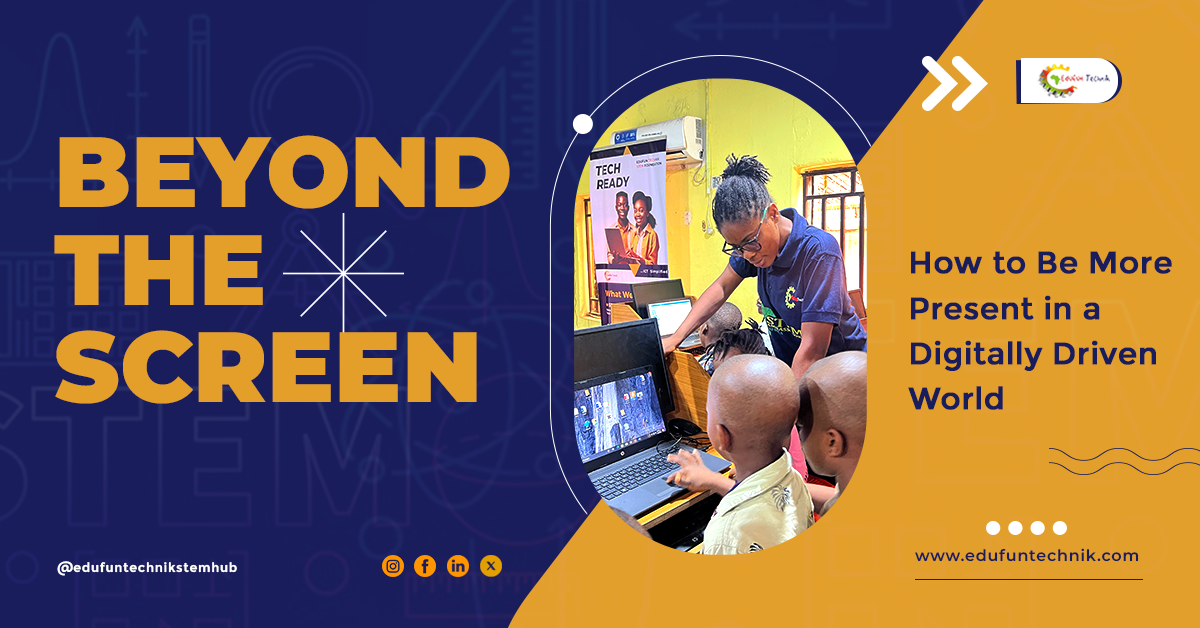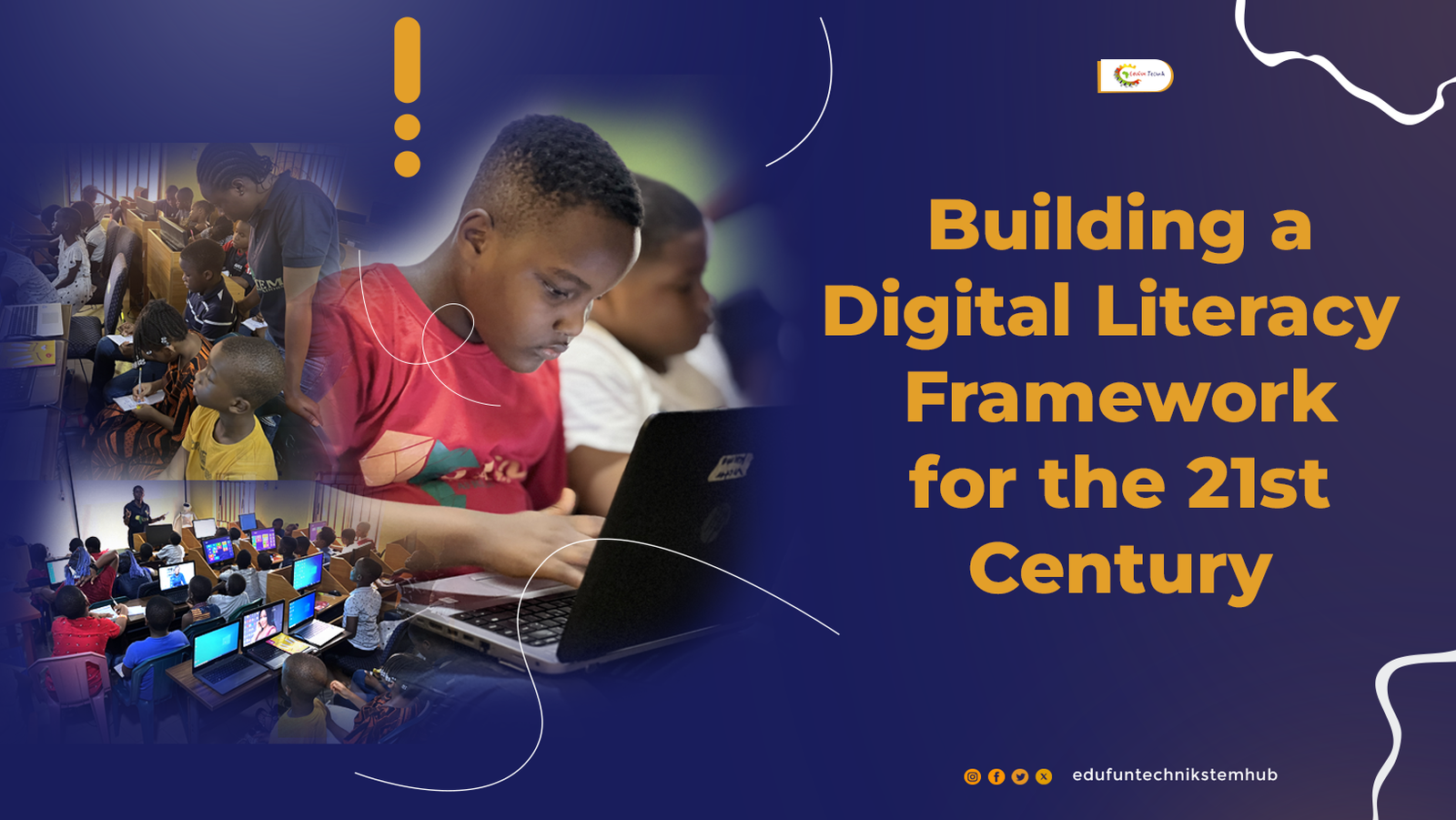Technology is transforming how we live and work, and one of the most exciting changes is happening in eco technology. Also known as “green tech,” eco technology aims to solve environmental challenges using innovative ideas and technology.Eco technology is becoming more important as we see the effects of climate change around the world. From wildfires in the U.S. to rising sea levels in coastal areas, it is clear that we need new solutions to protect the environment. That’s where eco technology comes in. Green tech focuses on creating new ways to generate clean energy, reduce waste, and conserve resources. Because of this, there are new jobs that focus on creating a sustainable future.
Eco technology offers many opportunities for kids, teens, parents, and educators to get involved and help shape the future. With the right skills, you can play a key role in protecting the environment. As the world faces the effects of climate change, more companies and governments are investing in green tech solutions. This has created many job openings, from designing renewable energy systems to creating eco-friendly products.
Whether you are a student exploring career options or a parent or teacher helping guide kids, it is important to understand these opportunities. Getting into eco technology is not just about finding a job; it is about making a positive impact on the planet. “The job market of the future is a green job market. The transition to a clean energy economy will provide endless opportunities for young people.” Learning about eco technology early can put you on the path to these future careers.
A report from the International Renewable Energy Agency (IRENA) states that the “The energy transition is also expected to create 40 million additional jobs in the energy sector by 2050, with 18 million more jobs globally in renewables alone”. Eco technology is not just a growing industry, said Gina McCarthy, former U.S. Environmental Protection Agency Administrator. “It is the key to tackling climate change and creating a more sustainable economy”. Because of this growing demand, learning eco tech skills now is critical for those who want to enter this field.
Kids, teens, and youths can start building their skills today by exploring courses in STEM (science, technology, engineering, and math). Schools, community programs, and even online platforms offer classes that teach coding, engineering, and environmental science. Educators play a huge role in inspiring students to get involved in eco technology and show how it connects to real-world problems like climate change.
Renewable Energy Engineers
Renewable energy engineers are at the heart of eco technology. They design and build systems that harness energy from the sun, wind, and water, reducing the need for fossil fuels like coal and oil. These engineers work on solar panels, wind turbines, and hydroelectric power plants, helping to create cleaner sources of energy. With the world shifting toward renewable energy, this career is booming.
According to the U.S. Bureau of Labor Statistics, jobs in renewable energy engineering are expected to grow by 11% from 2020 to 2030, much faster than the average for all occupations. Renewable energy is the future of our economy,it offers a path to both environmental and economic prosperity. Teens interested in this field can start by taking STEM courses that focus on physics, engineering, and environmental science.
Parents and educators can encourage students to participate in science fairs or clubs that focus on renewable energy projects. Building simple solar-powered devices or wind turbines in school can be a fun way to learn about this field. As students get older, they can consider internships or summer programs with companies that work in renewable energy to gain real-world experience.
Circular Economy Designers
A circular economy focuses on reducing waste by designing products and systems that can be reused, repaired, or recycled. Circular economy designers work to create products that have a long life cycle, reducing the need for new resources. This is an important part of eco technology because it helps reduce the waste that ends up in landfills and oceans.
According to the World Economic Forum, research shows that the transition to a circular economy could generate $4.5 trillion in additional economic output by 2030. “The circular economy is a system where materials never become waste and nature is regenerated. In a circular economy, products and materials are kept in circulation through processes like maintenance, reuse, refurbishment, remanufacture, recycling, and composting.,” said Ellen MacArthur, founder Ellen MacArthur Foundation. Teens can start learning about circular economy principles through design and engineering classes that focus on sustainability.

Educators can encourage students to work on projects that involve reusing or recycling materials. Parents can support these efforts by helping their kids participate in recycling programs at home and school. Schools can also partner with local businesses to show students how circular economy practices are being used in the real world.
Eco technology is shaping the future job market, and there are many exciting careers waiting for those who are ready to make a difference. From renewable energy engineers to circular economy designers, these careers offer the chance to protect the environment and build a sustainable future. The key to entering these fields is to start learning tech-related skills early.
Sustainable Agriculture Experts
Sustainable agriculture is a vital part of eco technology, focusing on growing food in a way that does not harm the environment. This includes using technology to save water, reduce pesticide use, and improve crop yields. Sustainable agriculture experts help farms become more efficient while protecting natural resources. They use tools like sensors, drones, and data analysis to monitor crops and soil conditions.
The U.S. Department of Agriculture (USDA) has noted that sustainable farming techniques can increase crop productivity while also reducing the carbon footprint of agriculture. Teens can start learning about sustainable agriculture through programs like 4-H, which teaches modern farming techniques and environmental science.
Educators can bring this subject into the classroom by offering lessons on sustainable farming practices. Field trips to farms that use eco-friendly methods, or even starting a school garden, can help students see how technology and agriculture can work together. Parents can support their children’s interest in this field by encouraging them to participate in science competitions that focus on sustainability.
Green Building Architects
Green building architects design homes, offices, and schools that are eco-friendly and energy-efficient. They use sustainable materials and design buildings to use less energy, water, and other resources. The goal is to create buildings that are better for the environment and cheaper to operate. As cities around the world focus on reducing their carbon footprints, the demand for green architects is growing.
The U.S. Green Building Council (USGBC) reports that green building projects are expected to create more than 3.3 million jobs in the U.S. by 2028. “Green building is not just good for the environment,” according to ScienceDirect. “It also makes sense economically because it reduces energy costs and improves the quality of life for people who live and work in these spaces.” For teens who enjoy design or architecture, this can be a rewarding career.
Schools can offer classes in architecture, design, and environmental science to help students explore green building. Projects that involve designing eco-friendly homes or working with 3D design software can be a great way for students to get hands-on experience. Parents can encourage this interest by supporting activities like visiting green buildings in their community or attending architecture camps that focus on sustainability.
Environmental Data Scientists
Environmental data scientists use technology to collect and analyze data about the environment. They study things like air and water quality, pollution levels, and wildlife populations to help make better decisions about protecting the planet. These scientists work with governments, businesses, and research institutions to find solutions to environmental problems.
According to the U.S. Bureau of Labor Statistics, the demand for data scientists, including environmental data scientists, is expected to grow by 31% between 2019 and 2029. Data is one of the most powerful tools we have to fight climate change. Al Gore, former Vice President of the United States in December 2023 announced a new scientific tool, Climate TRACE, which promises to improve the way to measure and understand greenhouse gas emissions around the world. By understanding the data, we can make smarter decisions about how to protect our environment. Kids and teens who enjoy working with computers and numbers can explore this field by learning coding and data analysis skills.
Schools are increasingly offering computer science courses that teach coding, data analysis, and how to work with large sets of information. Parents can support this by encouraging their children to join coding clubs or participate in online coding programs. Educators can also create projects where students use data to track environmental issues in their own communities.
Kids, teens, parents, and educators all play a role in preparing for these careers. By encouraging STEM education and getting involved in environmental projects, you can help shape the next generation of eco tech professionals.
As former U.S. President Barack Obama once quoted, “We are the first generation to feel the impact of climate change and the last generation that can do something about it.” Now is the time to learn and take action for a greener future.







